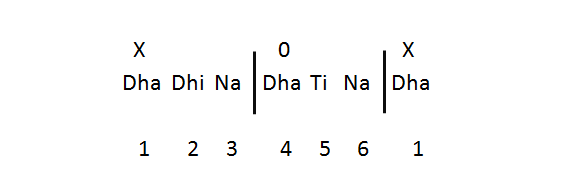


Soon after, the Marathas captured Ramnagar but reinstated the ruler, Ramdeo, under conditions. He captured the region, but Somshah Rana recaptured it in 1690.Īfter the Treaty of Vasai (), Vasai and the surrounding territories came under the Maratha rule. With the rise of Maratha power, Shivaji Maharaj viewed Ramnagar as an important locality. In 1360 Rana Dharamshah shifted his capital from Nagar Haveli to Nagar Fatehpur. Nagar Haveli was one of the Parganas, and its capital was Silvassa. In the year 1262 a Rajput prince from Rajasthan named Ram Singh established himself as the ruler of Ramnagar, the present-day Dharampur, which consisted of 8 parganas (a group of villages) and assumed the title Maharana. The history of Dadra and Nagar Haveli begins with the defeat of the Koli chieftains of the region by the Rajput kings. The territory of Dadra and Nagar Haveli then became one of the three districts of the new union territory, as the Dadra and Nagar Haveli district. The union territory was merged with the neighbouring union territory of Daman and Diu to form the new union territory of "Dadra and Nagar Haveli and Daman and Diu" on 26 January 2020.
Dadra taal free#
The area was captured by pro-India forces in 1954 and administered as the de facto state of Free Dadra and Nagar Haveli before being annexed to India as a union territory, the union territory of Dadra and Nagar Haveli in 1961. Unlike the surrounding areas, Dadra and Nagar Haveli was ruled by the Portuguese from 1783 until the mid-20th century. Silvassa is the administrative headquarters of Dadra and Nagar Haveli.

It is composed of two separate geographical entities: Nagar Haveli, wedged in between Maharashtra and Gujarat states 1 kilometre (0.62 mi) to the north-west, the smaller enclave of Dadra, which is surrounded by Gujarat. Dadra and Nagar Haveli is a district of the union territory of Dadra and Nagar Haveli and Daman and Diu in northwestern India.


 0 kommentar(er)
0 kommentar(er)
